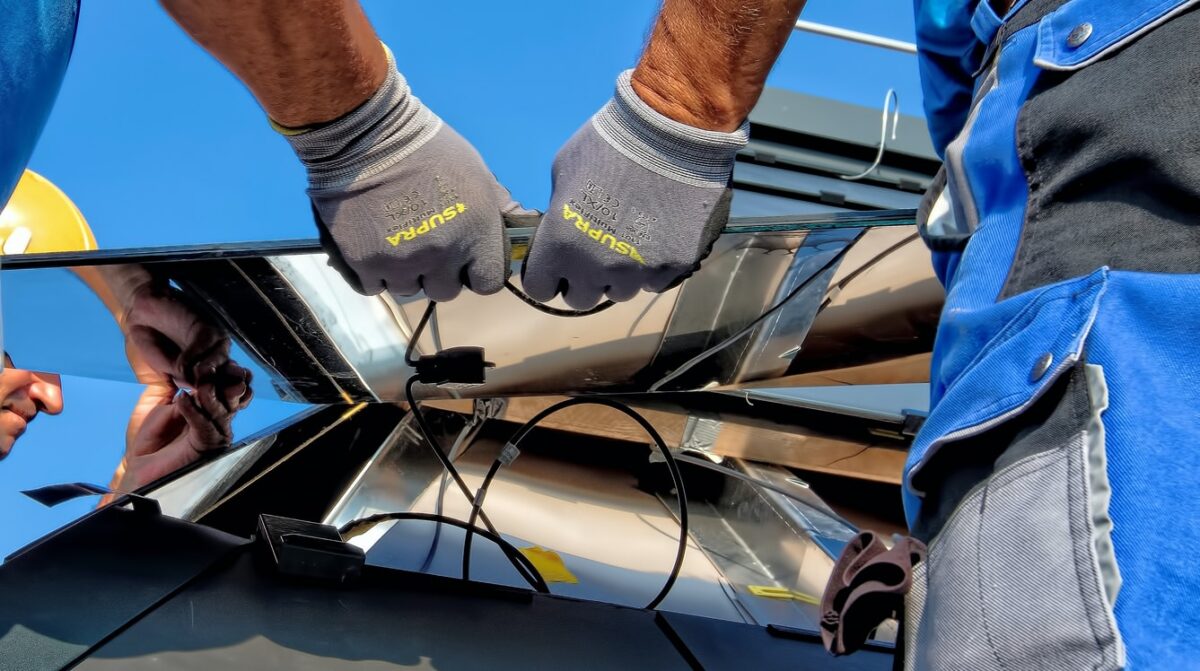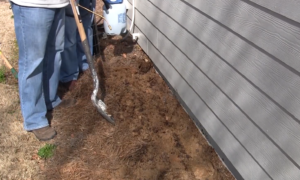If you’re feeling green and want to do something to hamper climate change, even if it’s just a small thing, you can get started in your own house.
Dwellings and commercial buildings account for about a third of the country’s greenhouse gas emissions, as it takes energy to heat and cool them to charge all the devices we’ve got plugged in. A great amount of energy, whether it’s electricity from a power plant or heat from a gas furnace in your basement, comes from burning fossil fuels, which releases greenhouse gases.
But changing that isn’t that easy. Preventing the worst of climate change requires systematic, policy-based change, and many of the biggest sources of emissions come from processes over which you have zero control. For instance, over 70% of all emissions since 1988 were released by just 100 organizations. Yet that doesn’t mean you should give up your green hopes and travel only by private jet. Aligning your values with your everyday actions can have a ripple effect: it can encourage those around you to take action, which can actually lead to real change as this survey shows. You can go beyond personal actions like foregoing plastic utensils and take part in climate initiatives like protests, petitions, and donations to climate charities. Also, if you want to do something about environmental change, your house is among the most important places to look.
1. Insulate Your Home
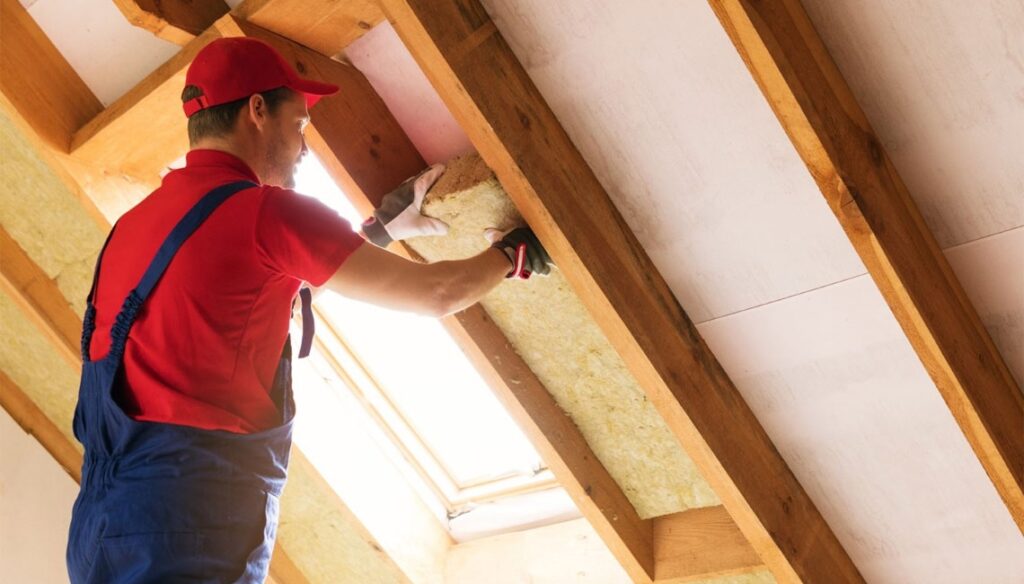
Source: lionsdenconstruction.com
A few simple yet effective insulation strategies can boost your home’s comfort and efficiency, as well as help you save on energy bills. As many as nine out of 10 homes in the U.S are poorly insulated, making them more susceptible to temperature change and issues like humidity and noise. However, adding insulation can help keep your nest warmer in winter and cooler in summer – while saving nearly 10% on your annual energy bills.
If you live in an area progressively susceptible to major weather events and other natural disasters, it’s important to guard your home against the damaging effects of flooding and windstorms.
Preparing your house to meet the increasing challenges of climate change pays off in a number of ways, from maximizing safety and comfort to reducing energy use and costs.
2. Switch to Renewables
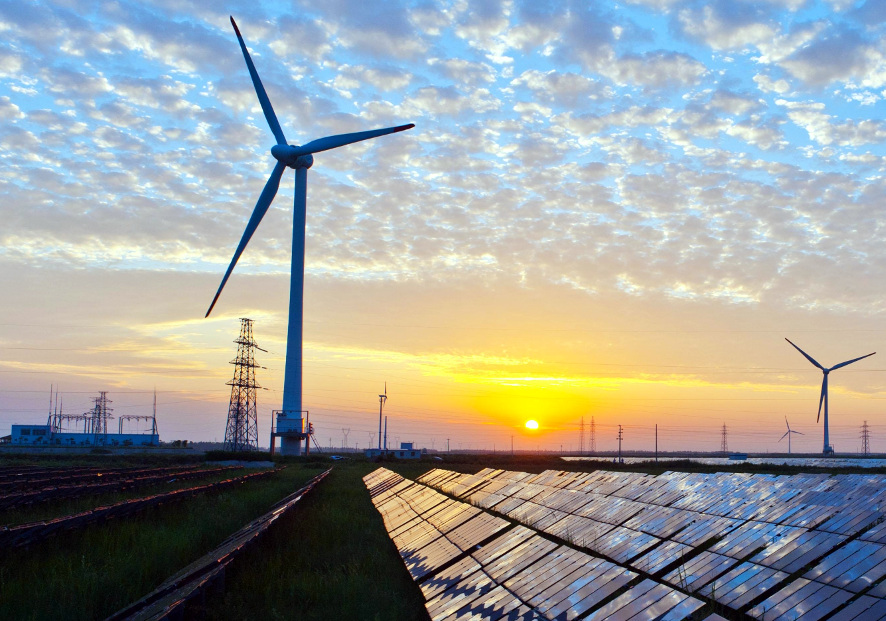
Source: the-star.co.ke
Switching to renewable energy sources for your home heating and energy is a great way to cut on your carbon footprint, lower your energy costs and make your home more energy sustainable.
The Sun, for instance, remains a viable energy source. You can use it to produce electricity for your house through solar photovoltaic panels that are placed on your roof. These panels collect the sun’s rays and convert them into electricity that you can use to power your gadgets and warm your home. They generate power during daylight hours and don’t always need to be sunny in order for panels to work, although they do produce more power on sunnier days. That said, generating your own clean energy with solar panels gives you the power to enhance your home’s sustainability, one of the main advantages of solar energy.
3. Check your boiler is running efficiently

Source: thegreenage.co.uk
Getting your boiler checked and serviced on a regular basis by a certified gas installer will not only ensure your boiler is running safely but also efficiently. According to TemporaryBoiler.com specialists, a good place to start lowering your bills is to look at how recently you completed boiler maintenance and how efficient your boiler is.
The goal is to ensure you produce the smallest reasonable amount of flue gas at the lowest possible temperature. Why lower? Because the higher the temperature, the more energy leaves with the glue gas. What’s more, the boiler system takes in cold water, heats it to steam, and uses heat. Anywhere we’re losing heat, steam, hot water, or condensate, we’re losing valuable energy.
Whether you own or want to rent, you need to save money. One way of increasing the energy efficiency of your boiler system is by installing an economizer. This can help you use the wasted hot flue gas to heat provision water on its way to the boiler. Economizers can help you save fuel, thus becoming more economical in energy consumption and preventing the damaging effects of feeding the boiler system with cold water.
4. Estimate the Biggest Energy Hogs in Your Home
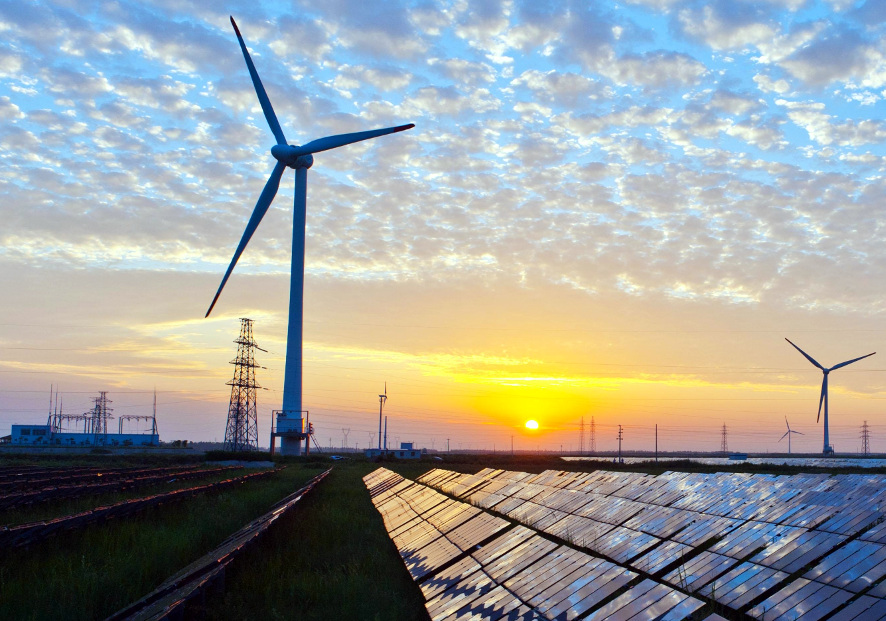
Source: nationalgeographic.com
Some of the most significant transformations you can make to your carbon footprint involve costly appliances such as furnaces, water heaters, and air conditioning. If your current appliances are worn, they’re likely less efficient than the newest technology. A switch can also help you shift from gas, which undoubtedly releases CO2, to electricity, which is becoming cleaner as electric utilities close down coal-burning plants and move toward zero-carbon sources like wind and solar.
In other words, you want to turn your home into a Tesla. Just like they took fossil fuel engines out of vehicles, you want to kick fossil fuel equipment out of your home.
A sustainable alternative to gas heating is often an electric heat pump that can handle your cooling as well. They work on the same idea as a refrigerator, moving heat outdoors to indoor, or the other way around. They will cool your home in summer and heat it in winter.
5. Adjusts Your Day-to-day Behavior

Source: respectfood.com
To reduce your home energy consumption, you do not necessarily need to go out and buy anything that has a green label on it. Energy conservation can be as easy as turning off appliances or lights when you do not need them. Or, use energy-intensive appliances less by performing household chores manually, such as washing dishes by hand or hand drying your clothes.
Other behavior changes that have the biggest prospect for energy savings are shutting off the heat on your thermostat mid-winter and using your air conditioner less in the warmer months. Cooling and heating expenses constitute almost half of an average home’s utility bills, so these reductions in the frequency and intensity of heating and cooling offer the greatest savings and sustainable rewards.

